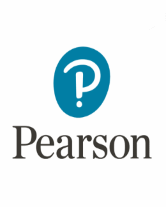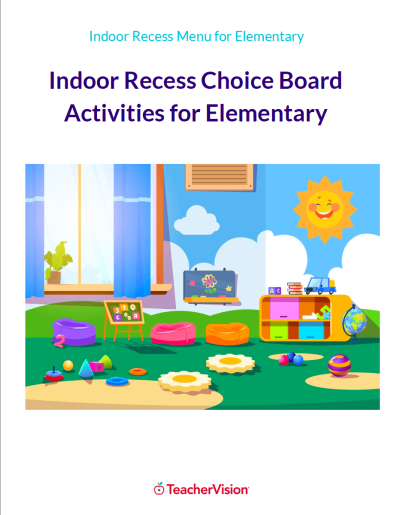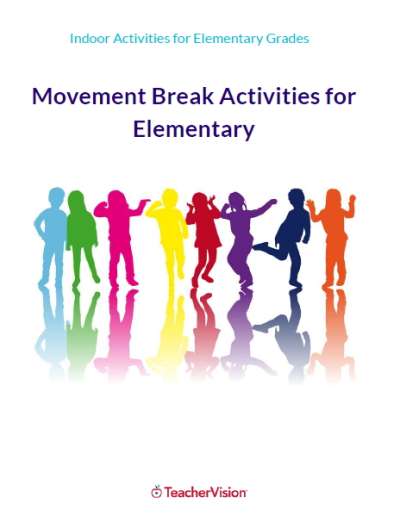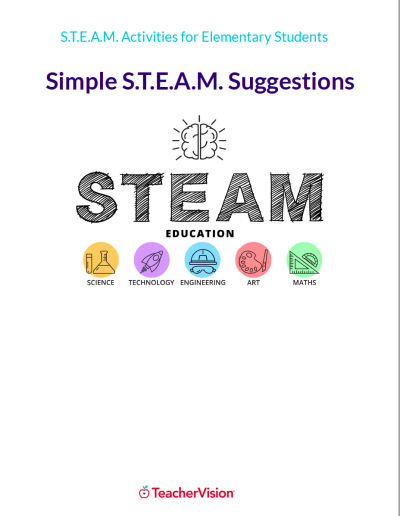Objective
This lesson is designed to introduce primary students to the importance of asking questions before, during, and after listening to a story. In this lesson, using the story The Mitten by Jan Brett, students learn how to become good readers by asking questions. This is the first lesson in a set of questioning lessons designed for primary grades.
Materials
- The Mitten by Jan Brett
- Chart paper
Procedure
-
Planning and Diagnostics
Asking questions before, during, and after reading is a strategy that primary students can use to become better readers. Students should be able to ask and answer basic, literal questions about a story.
-
Hook/Engagement
Tell students that you will read a story titled The Mitten. It's best if you have some mittens to show you especially if students live in a warmer climate and may not have worn mittens. Ask students questions such as:
What are mittens?
How many of you have ever worn mittens?
How many of you have ever lost a mitten? How did you feel?
Why are mittens so easy to lose?
Why do you think this story is called The Mitten?
Why is it called The Mitten and not The Mittens?
Now that you've gotten the students thinking about mittens, you can transition to the topic of the lesson: asking questions before, during, and after reading. You might want to say something such as:
"You know, it's often a good idea to ask questions like this before you read a book. Then, when you start reading the book, you can look for the answers. You can also ask questions while you're reading the book and after you read the book."
Show the following chart and ask students to help you think of other questions.
Questions Before Reading Questions During Reading Questions After Reading What is this book about? What does the title mean? What will happen next? Will the story have a happy ending? Why did the author write this book? What does the author want us to think? What is the main idea? You may want to use these framework questions when teaching or print them for students to reference while using this strategy.
Vocabulary
Students should be familiar with most of the animals in this story, but they might not know what a hedgehog and a badger are.
Hedgehog: is a mammal that has hair and a spine that it shows outwardly when it is threatened; it is like a porcupine
Badger: a mammal that burrows and is related to the weasel
Measurable Objectives
Explain to students that you are going to read The Mitten aloud to them and you will ask them to help you make a list of questions before, during, and after you read. Then you'll ask them to help you answer the questions to see how thinking about the questions and knowing the answers can help them understand The Mitten better.
Focused Instruction
Create a chart with three columns labeled, "Questions Before Reading," "Questions During Reading," and "Questions After Reading." Explain to students that you ask questions before you begin reading a book to help you think about and focus on what you're going to read. Explain that looking at the cover of a book can help you think of questions to ask before you start reading. Look at the cover of The Mitten and think aloud:
"Well, I know that this book must have animals in it. Are all of these characters going to be in the story? What does a mitten have to do with these animals? Why are these animals looking at the mitten? The animals can't wear the mitten, so whose mitten is on the ground? Is this a true story?"
Write these questions in the table in the "Questions Before Reading Column" and explain that they will help you focus before you begin reading The Mitten. Explain that everybody can look at the cover of the book and come up with different questions. There are no right and wrong questions to ask, but there are right answers to find once you start reading.
Guided Practice
Explain to students that as you read a story you always ask yourself questions. You wonder about what the main character will do next; you ask a question about something that seems unclear; or you wonder what will happen next in the story. You usually can answer most, if not all, your questions by the time you finish reading the story. Read the first five pages of text aloud and then stop. Think aloud these three questions:
- "Will Nicki notice that he dropped his mitten?"
- "Will Baba be upset with Nicki for losing his mitten?
- "I notice that there is an open mitten on each page that shows what else is happening in the story. Will the mittens on the next few pages give me a clue about what Nicki is doing?"
Record these questions in the "Questions During Reading" column, or at least point to these columns as you ask the questions. Read the next three pages of text aloud to students and then stop. Think aloud the answers to the above questions:
"I can tell from the mitten on the side of the page that Nicki does not know yet that he has lost his mitten. So far, his grandmother does not know he lost his mitten, either. I think that some of my questions will have to wait to be answered, then. But, after reading these three pages, I have some more questions."
Now, record several questions that you asked yourself while you were reading these three pages:
"There are already a mole, a rabbit, and a hedgehog in this mitten. Can anymore animals possibly fit into the mitten?"
"Could three animals really fit into Nicki's mitten?"
Read the next six pages of text aloud to students and then stop. Think aloud the answers to the above questions that you asked yourself:
"It seems that more animals can fit into Nicki's mitten. Now an owl, a badger, a fox, a bear, and a mouse joined the other animals. But, in real life, these animals would be too big to fit into a boy's mitten."
Next, think aloud and record several questions that you asked yourself while you were reading these six pages:
-
"How many animals are going to fit into Nicki's mitten?"
"These animals are so squished together. How will they possibly get out of Nicki's mitten?"
"What will happen to Nicki's mitten now that the animals are gone?"
Explain to students that you shared with them the questions you asked yourself as you read the story. Ask several students to answer the remaining three "during reading" questions. Emphasize that they may have asked themselves different questions, which is fine. Give students the opportunity to give you some examples of questions they asked themselves as you read the story aloud to them and record their questions. Then, have students think-aloud and tell you the answers to the questions. Point out how the questions that you asked could either be answered during your next stopping point or when you finished the book. Explain that asking questions during reading helps you to become good readers.
Independent Practice
Explain to students that asking questions after reading a book helps them to think more about the story or connect to the story in some way. For example, tell students that you wonder whether Nicki ever told his grandmother that he lost his mitten or if his grandmother will ever figure out why one of Nicki's mittens is so much larger than the other. Explain that questions you ask after reading are more open-ended and do not have definite answers that can be found in the book. Ask students to help you add questions to the "Questions After Reading" column. Some sample questions include:
- Did any of the predictions that I made about The Mitten come true?
What did I learn about the animals in the story?
Have I ever lost something and then found it and wondered what really happened to it?
Why did the author tell this story?
Once students generate a list of questions, have students answer them. Explain how these questions have helped students to think about The Mitten by connecting to the story. Point out how remembering the answers to these questions will help them always remember what The Mitten is about.
Assessment
To assess whether students have mastered the importance of asking questions before, during, and after reading, generate six new questions about The Mitten and ask students to tell you under which heading the questions should go. Then, have students answer the questions to assess their reading comprehension (i.e., how much of the story they understand.) Then, select another book from the unit you are studying. Before you begin the book, ask students to come up with several questions by looking at the cover. Then, read the book aloud to students. Have students ask questions about the story at your designated stopping points. Then, have students ask questions after you've finished reading the story to them.
Reflection and Planning
Determine which students understand how to ask good questions before, during, and after reading by listening to the questions they ask for the Assessment activity and how they answer those questions. If a small number of students are struggling, form a small group to work with these students more intensively. As you go on to other lessons, encourage all students to ask questions before, during, and after reading any type of fiction or nonfiction in class.

Use a lesson that is designed to introduce primary students to the importance of asking questions before, during, and after listening to the story The Mitten.



